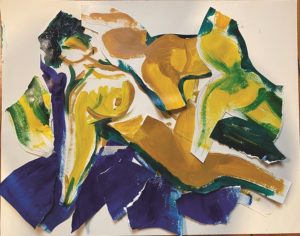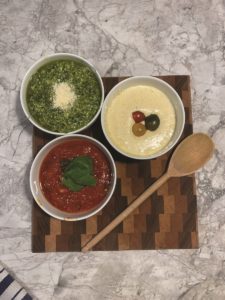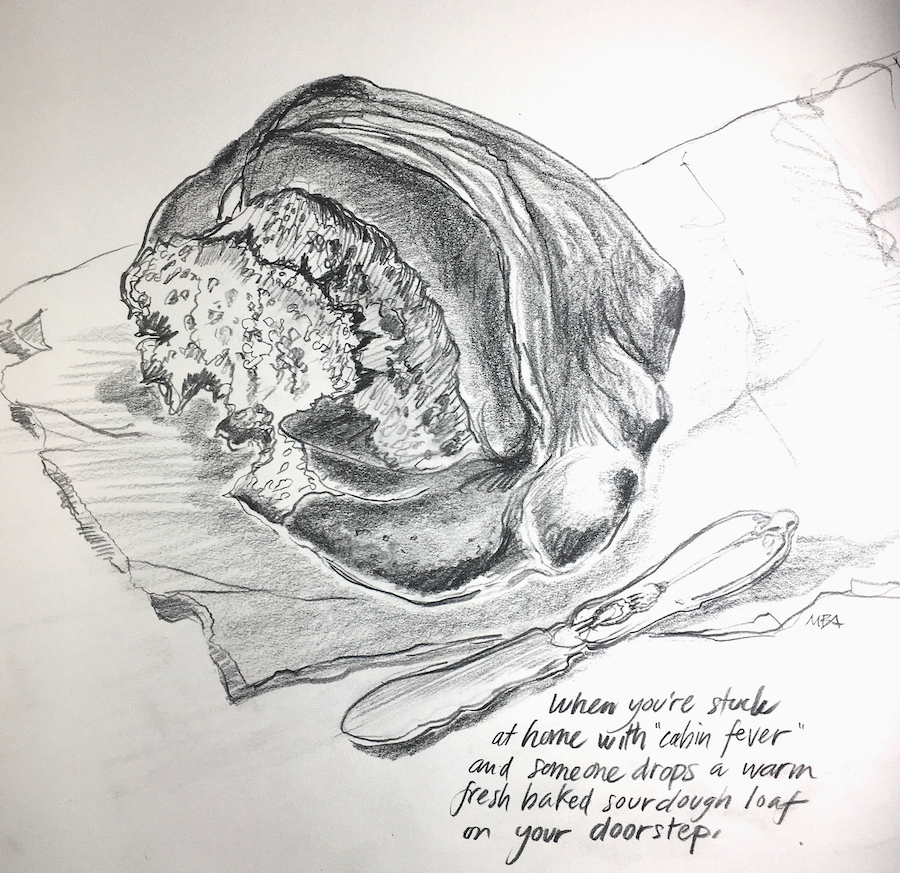I took a luxurious vacation last week into a world filled with lapis lazuli, burnt sienna, and yellow ochre paints; hake, dagger striper, and mop brushes; flat, graded, and variegated washes. The vacation was a virtual workshop titled “Watercolor: Absolutely Positive Beginners!” taught by artist Tim Saternow through the Truro Center for the Arts at Castle Hill.
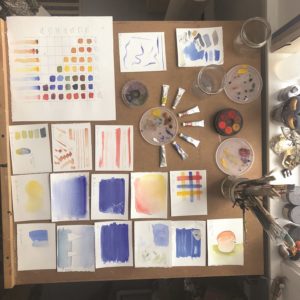
Since I began working at the Independent, I’ve spent days glued to my writing desk while my dear drawing table has stood pushed against the window, neglected, waiting for me to once again acknowledge its existence. I did not have to travel far for this vacation — only to the opposite side of my office/studio/storage room. But for two hours a day, five days in a row, I felt worlds away from the drab monotony that is life in the time of Covid.
I am not really a beginner, but signing up for this class, I wanted to return to how it feels to be a beginner. I’ve been stubborn in my learning as an artist, and, in some ways, I’ve been stuck. Maybe spending a little time at my drawing table, revisiting the basics with the help of a teacher, other students, and technology, would help.
Before the class began, we received a materials list and class schedule. Luckily, hake, dagger striper, and mop brushes were not required for this class. But a word of caution for anyone taking a painting workshop: sign up well in advance, so you have plenty of time to prepare and gather materials — unless you have lots of disposable income.
It is easy to unintentionally spend $100 on painting supplies at the local hardware store. If, like mine, your budget is closer to $10, ask around — there is bound to be someone living on this artist colony peninsula who has high-quality watercolor paints gathering dust.
I can picture the classified ad: “Wanted: professional watercolor paints (preferably cobalt blue, cadmium-free yellow, French ultramarine, burnt umber, titanium white, etc). Can barter baked goods, art, and gratitude.”
The first day of our workshop, Tim said that learning something new every day keeps you young. And so, he said, by taking this painting workshop, we are all getting younger. This was a relief to hear, because a week into the first lockdown, I found my first gray hair. It was approximately two inches long, and said, “Hello. You are getting older.” About a month later, I turned 30.
I took a deep breath and began learning (and relearning) the properties of watercolor (translucent, staining, sedimentary), color notes (value, tone, chroma), and composition techniques (background, middle-ground, foreground).
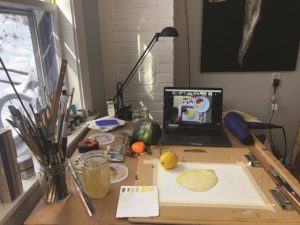
On day two, we painted negative space and I was reminded of my art teacher at Brattleboro Union High School, Gary Blomgren. “Think about the space in between,” Mr. Blomgren would say. “That’s where you want to look.” Mr. Blomgren died several years ago, and I will never forget his lessons.
When you paint in the negative space, you see the world in a different way. You learn to observe the spaces in between leaves on a beech tree, or the subtle shadows and gradient colors of lichen growing along a branch. You learn to delight in the details.
Returning to the basics of painting was a return to my love of art. There were some things I had simply forgotten, others I’m certain I never learned. I signed up with the intention of tricking myself into having an open, beginner’s mindset. I didn’t need to do that. I absorbed every moment of the class.
The experience was also a reminder of the importance of teachers. A virtual platform allows us to learn from and support the work of teachers and teaching artists around the country. Time is strange now, in this world of Covid, and the days blend together. But I will remember the week when I got to play with color, texture, and light.
